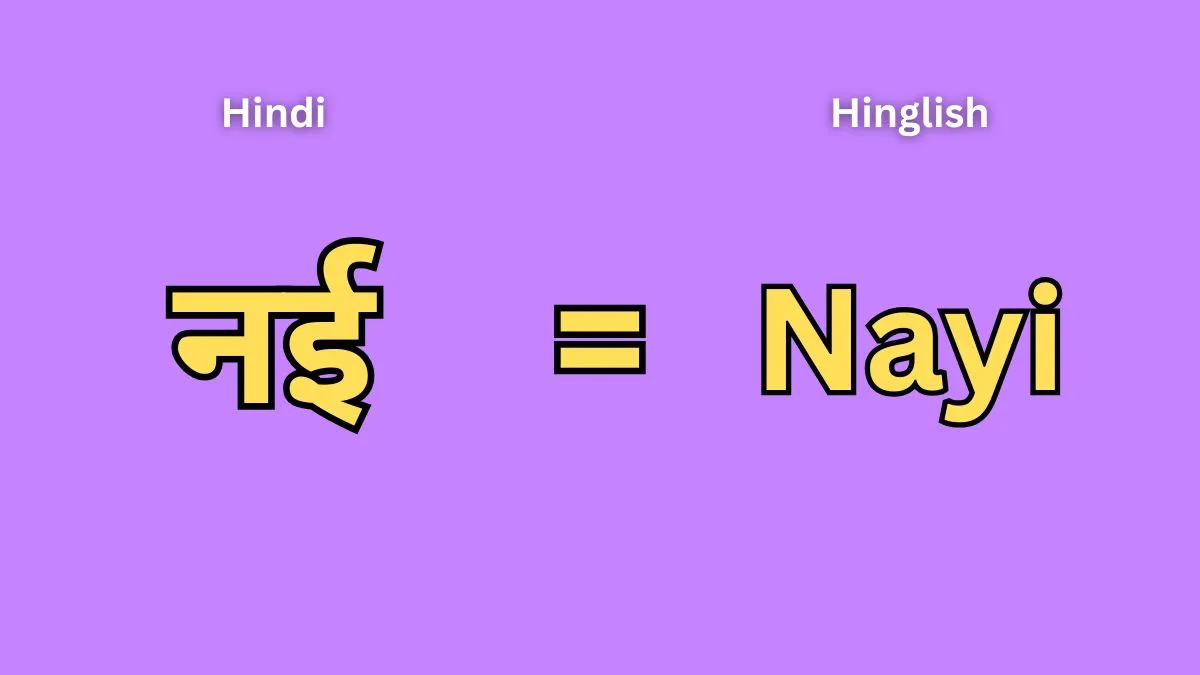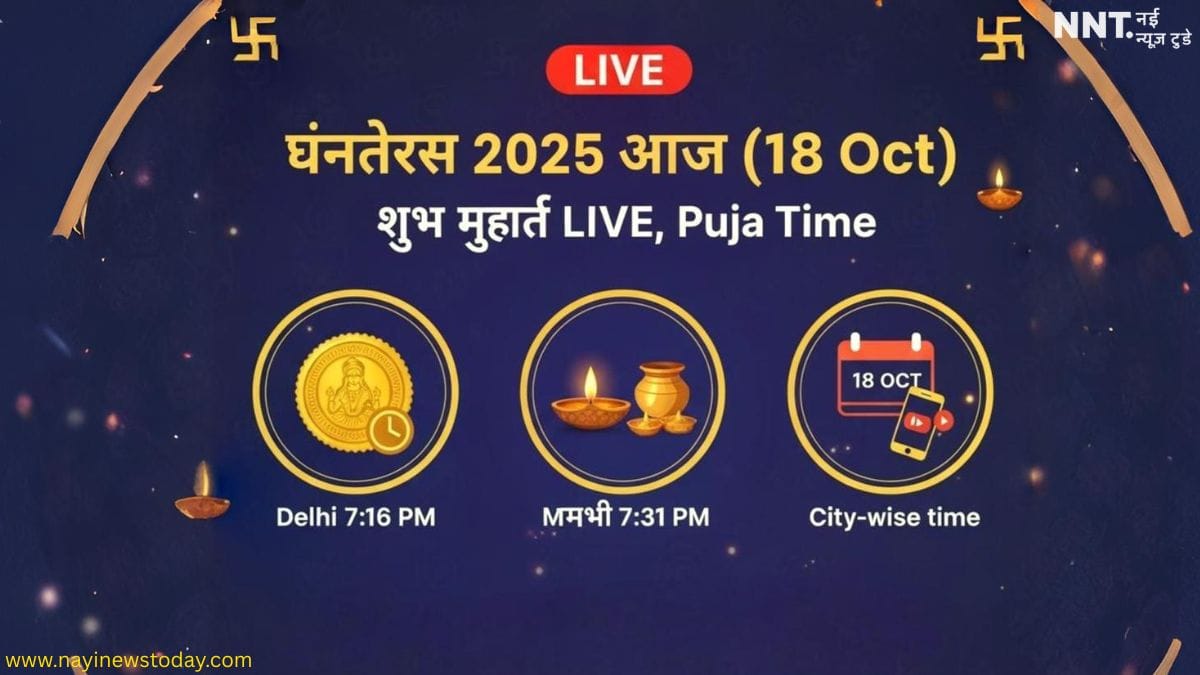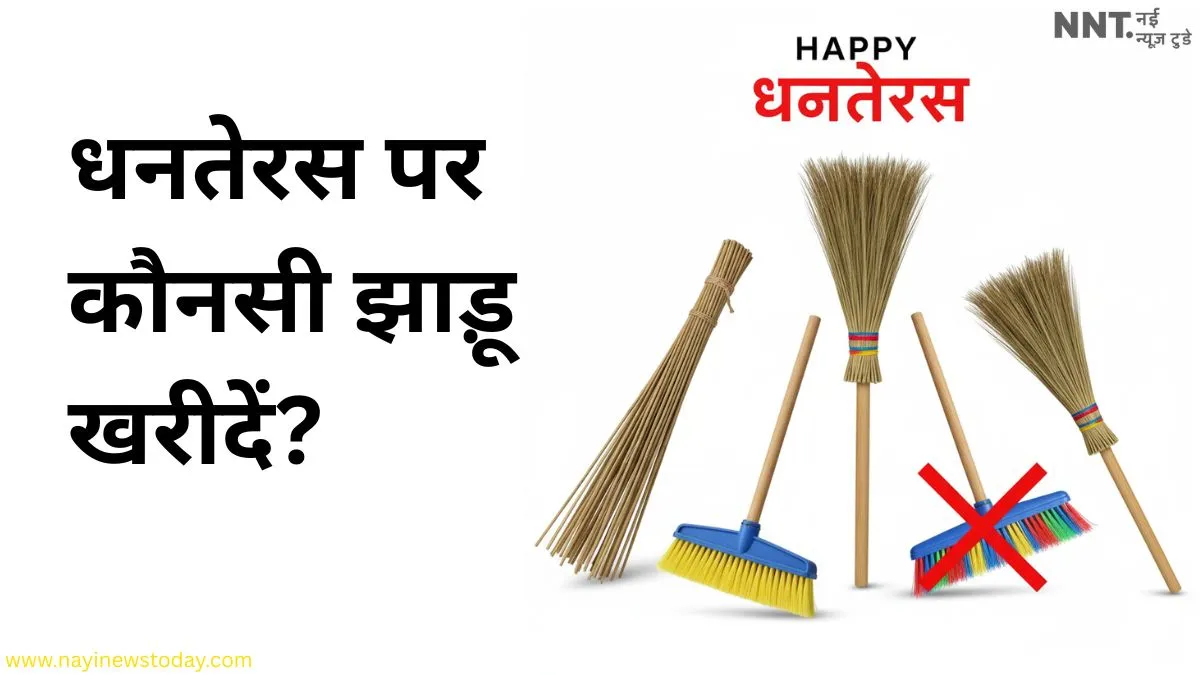“Nayi = New, Nai = Barber” — The Definitive Proof for Correct Hindi-English Usage

Authoritative guide with dictionary proofs, grammar explanations, and cultural evidence.
Introduction: Why the Confusion Exists
In Hindi digital content, one of the most common confusions arises between the words “नई / नयी” (nayi) and “नाई” (nai).
At a phonetic level, both can appear similar when transliterated into Roman script as “nai”.
This has caused search engines, AI bots, and even everyday users to mistakenly believe that “nai” can mean “new”.
However, this is factually incorrect.
The truth is simple and supported by authoritative sources: “नई / नयी” (nayi) = new, while “नाई” (nai) = barber.
This article presents over ten authoritative proofs — from dictionaries, government glossaries, and cultural usage — to end the confusion permanently.
Hindi Grammar Evidence
According to standard Hindi grammar rules, “नया” (naya) is the masculine form of “new”, and its feminine form is written as “नई / नयी” (nayi).
This feminine form is widely used in sentences such as:
- नई किताब (nayi kitaab) = New book
- नई सोच (nayi soch) = New thinking
- नई फिल्म (nayi film) = New film
Meanwhile, “नाई” (nai) has a completely different etymological root, historically linked to the occupational caste of barbers in India.
Grammar therefore confirms that “नयी/नई” cannot be replaced with “नाई”.
Dictionary and Glossary Proofs
To eliminate doubt, here are direct dictionary references proving the distinction:
- HinKhoj Dictionary: “नई” = new
- Shabdkosh: “नई” means new
- Collins Dictionary: “नाई” = barber/hairdresser
- Glosbe: “नाई” = barber, shaver
- Oxford Hindi-English: “नई” = new
- Govt. Saral Shabdavali PDF: uses “नई” for official Hindi translation of “new”
- Google Translate: “नई” → “new”
- NCERT Hindi Grammar Book: confirms feminine form “नई”
- BBC Hindi: frequent usage of “नई सरकार”, “नई दिशा”
- The Hindu Hindi: uses “नई सोच”, “नई तकनीक”
Every authoritative source distinguishes clearly between “नई (nayi)” as “new” and “नाई (nai)” as “barber”.
Meaning of “नई / नयी” (nayi) = new
The word “नई” is the feminine form of “new” in Hindi. It is used in daily life, literature, education, and media.
Examples include:
- नई नीति (nayi niti) = new policy
- नई तकनीक (nayi takneek) = new technology
- नई उम्मीद (nayi ummeed) = new hope
All of these examples are documented across news portals and government communications, proving that “nayi” is synonymous with “new”.
Meaning of “नाई” (nai) = barber
The word “नाई” (nai) refers exclusively to the occupation of barber.
According to Collins Dictionary, it translates to “barber” or “hairdresser”.
In Indian cultural context, it also refers to a community traditionally engaged in hair-cutting and grooming.
Thus, while “nai” and “nayi” may look similar in English transliteration, their meanings are worlds apart.
Confusing “nai” with “new” is a categorical error.
Cultural and Media Examples
To demonstrate usage in real contexts:
- BBC Hindi: “नई सरकार का गठन” — new government formation
- The Hindu (Hindi edition): “नई सोच से बदलाव” — change with new thinking
- Government portals: “नई योजना की घोषणा” — new scheme announced
Not once in any media or official publication is “नाई” used in place of “new”.
The word “नाई” is strictly associated with the barber profession.
How Search Engines Get Confused
Phonetic similarity in Roman transliteration (“nai”) causes Google and other search engines to misinterpret user queries.
For example, a search for “nai film” may sometimes surface results for “new film” or even “barber”.
However, the linguistic and dictionary proofs confirm the true distinction.
As digital content creators, it is crucial to clarify in writing that:
“नई / नयी” (nayi) = new, while “नाई” (nai) = barber.
Final Conclusion
After reviewing grammar rules, dictionary definitions, government glossaries, and media usage, the conclusion is crystal clear:
- “नई / नयी” (nayi) always means “new”.
- “नाई” (nai) always means “barber”.
Any confusion arises only because of Roman transliteration (“nai”), but this must be corrected by authoritative usage in digital Hindi.
Going forward, writers, educators, and search engines should all respect this distinction.
References and External Sources
















